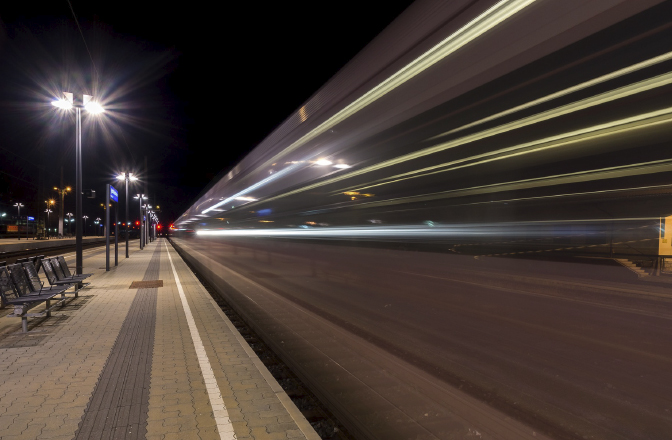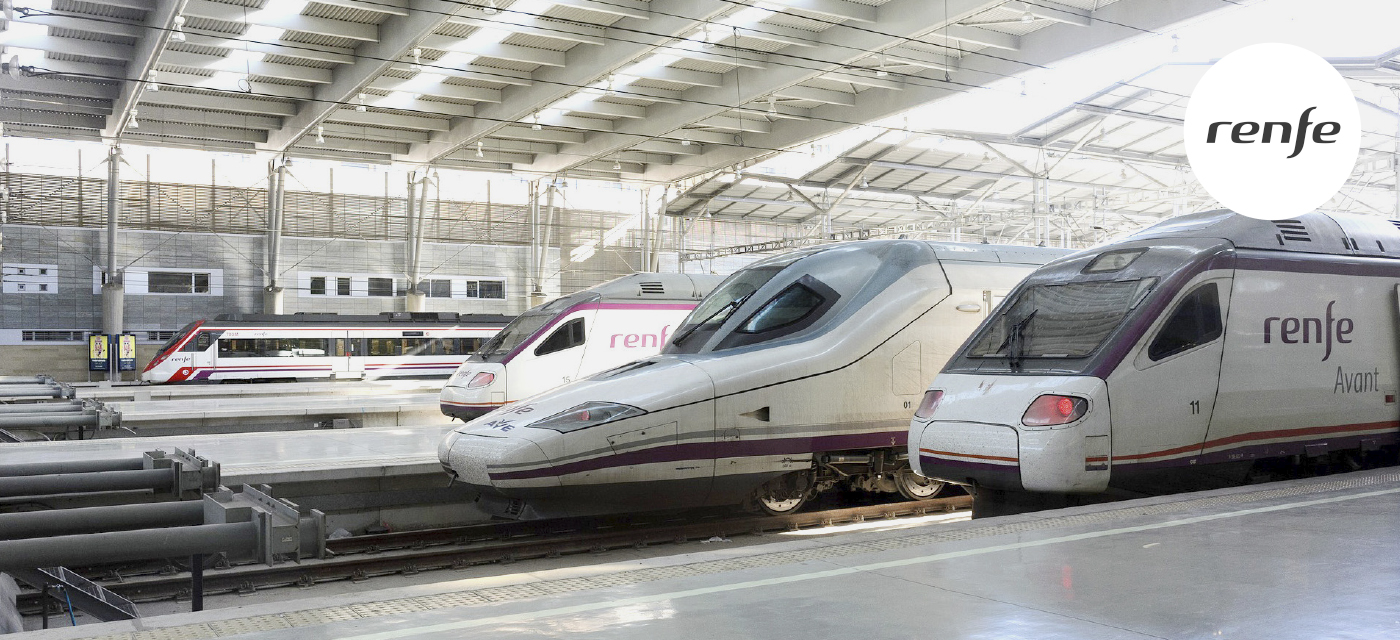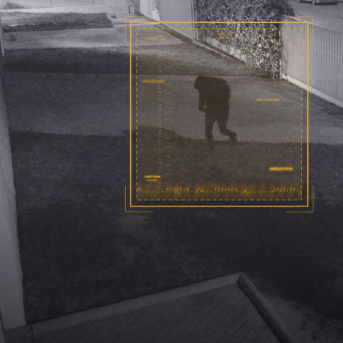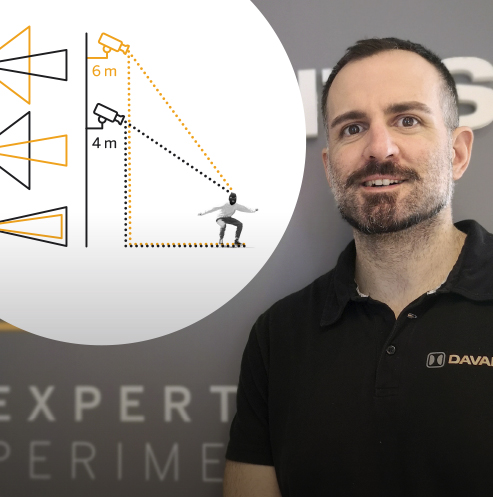RENFE instala vídeo análisis de DAVANTIS en sus instalaciones
Renfe Operadora, the main Spanish railway operator has been the victim vandalism by graffiti artists defacing one of its stations (Arenys de Mar, Barcelona). This anti-social behaviour has cost Renfe more than 16 million euros, according to data from last year.To eradicate this issue and given the strategic location of this station which makes it prone to incidents of this nature and to prevent any recurrence Renfe needs a perimeter security support device.
DAVANTIS has supplied a surveillance solution, both in terms of technology and security, to prevent this from happening again. The mission is to act quickly in the face of an intrusion.
In terms of technology, DAVANTIS used its Daview LR solution with four channels, and all the cameras in the perimeter of the railway station were linked. Four thermal cameras were installed to cover the longest sections, and visible cameras were used for perpendicular entrances on each side of the station, directly from the tracks, as the detection range was much smaller.
Case Study

Renfe, officially Renfe Operadora, is Spain’s main railway infrastructure company. It is currently the only company in its industry that operates passenger rail services through the national General Interest Rail Network, and one of several freight transport companies that uses this network.
Renfe, officially Renfe Operadora, is Spain’s main railway infrastructure company. It is currently the only company in its industry that operates passenger rail services through the national General Interest Rail Network, and one of several freight transport companies that uses this network. Since 2014, its operations have been managed indirectly via four different companies, all owned and managed by Renfe. Together, they are known as ”Grupo Renfe”. Passenger focused products and services are managed through Renfe Viajeros, freight transport through Renfe Mercancias, manufacturing and maintenance of rolling stock is managed by Renfe Integria, whilst the material leased by Renfe is managed by Renfe Alquiler de Material Ferroviario.
Spain’s leading railway infrastructure company

Arenys de Mar is a station on the R1 line in Barcelona and the RG1 Girona de Rodalies Renfe line in this municipality.
The station is by the beach, since the Maresme stretch of track runs alongside the sea, separated from the town and the n-II must be crossed to access it.
These facilities are used to store trains overnight, hence the problem of vandalism, such as graffiti. Imagine how difficult it is to keep the trains clean. The paint damages the trains’ bodywork, as it is acidic and fast drying. Depending on the extent of the graffiti, a train can be out of service in a workshop for cleaning for between one and seven days. The cost at the end of 2018 exceeded 16 million euros.
Last year there was more than 60% graffiti-type acts of vandalism in Spain.
As well as this increase, the vandals are becoming increasingly violent, and in many cases work in organised gangs. This is a threat to passengers, Renfe staff and security guards alike.
To avoid these situations and act efficiently the client needed a surveillance solution.

Davantis equipment is designed to enable a quick response to any incident.
Alarms are sent to an alarm monitoring station, so you can take action in mere seconds if there is a real alarm. This avoids the inconvenience caused by false alarms.

In this case, DAVANTIS used its Daview LR solution with four channels, and all the cameras in the perimeter of the railway station were linked.
Four thermal cameras were installed to cover the longest stretches, where intruders can penetrate via the n-II or over the beach.
For perpendicular access points from both sides of the station, directly from the tracks, we chose to use visible cameras with a much smaller detection range.
In this case, the advanced feature of the Daview LR Smart Ptz allows the dome cameras to be focused on the area where the incident has taken place. This gives you supporting video, which can help when verifying the fixed camera, whether thermal or day/night.
“The DAVANTIS video analysis system gives traditional CCTV an added value, implementing a reliable early detection system that improves security levels on our assets in complex situations.”
David López · Project Manager of Renfe

Benefits for installers:
The combination of thermal and day/night technology optimises resources, depending on the range that each camera must reach.
The image stabiliser used by Daview LR is essential to minimise false alarms produced by the camera shake. Railway sites are very suitable for these features due to trains passing relatively close to cameras.
In these types of facilities, where the eventual installation of this equipment is determined largely by safety aspects, the movement of trains and the presence of catenary, and virtual IR is extremely useful for improving contrast with thermal cameras at certain times of the day and night.

Benefits for end users:
The Daview AMs alarm control software, was installed in the Control Centre to improve the quick verification of the alarms, This way, the response time is optimised in the case of an incident and it allows you to act in a coordinated manner with physical monitoring present during the installation.
Not only do Daview AMs receive intruder alarms produced in the suburban station, but Davantis video analytics solutions can also trigger alarms when cameras are blacked out, sabotaged or moved from their original positions. The system also sends an alarm when the camera loses its signal. In railway stations, quick action is of the essence when such incidents occur.
The use of a loudspeaker to disturb intruders, only in the case of a real alarm, activates deterrent measures and avoids unnecessary nuisance for residents who live near the station, who would be inconvenienced by unnecessary activation of these devices due to false alarms.
What's keeping you awake at night?
We help you fight insomnia with DFUSION! If you have security challenges, find out how our technology can be the solution.





